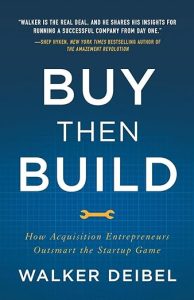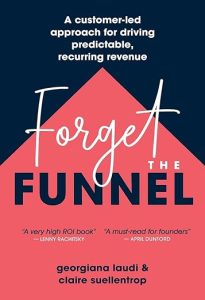Summary of One Up On Wall Street: How to Use What You Already Know to Make Money in the Market by Peter Lynch
One Up On Wall Street by Peter Lynch is a classic guide to investing in the stock market. Lynch, the legendary manager of the Fidelity Magellan Fund, shares his strategies and insights for individual investors looking to achieve financial success. The book focuses on the idea that average investors can outperform professional fund managers by applying simple, logical strategies and paying attention to the world around them. Lynch emphasizes the value of doing independent research, staying patient, and investing in companies you understand.
Key Concepts:
- The Power of the Individual Investor:
Lynch argues that individual investors have advantages over institutional investors. They can invest in smaller companies that are often overlooked by large funds, and they can make quicker decisions without the bureaucratic delays faced by fund managers. Lynch encourages everyday investors to trust their instincts and use their knowledge of everyday products, services, and trends to identify potential investment opportunities before Wall Street catches on. - Invest in What You Know:
A central theme of One Up On Wall Street is that investors should focus on industries and companies they already understand. Lynch stresses that opportunities often exist in the products and services we use in daily life. By staying aware of trends and doing research on familiar companies, investors can find hidden gems that have yet to be discovered by larger financial institutions.- Example: Lynch cites examples of companies he invested in, such as Dunkin’ Donuts and The Limited, which he recognized as strong investments based on his everyday observations.
- Different Types of Stocks:
Lynch categorizes stocks into six types, each with different characteristics and growth potential:- Slow Growers: Large, mature companies with steady but modest growth. These are stable investments that often pay dividends.
- Stalwarts: Strong, established companies with consistent earnings growth, typically around 10-12%. Examples include large blue-chip companies.
- Fast Growers: Smaller, rapidly expanding companies that can offer significant returns. However, these stocks carry higher risk due to their volatility.
- Cyclicals: Companies whose fortunes are tied to the economic cycle, such as airlines or auto manufacturers. They can be profitable when bought at the right time.
- Turnarounds: Struggling companies that have the potential to recover and grow again. These investments are often risky but can yield high rewards.
- Asset Plays: Companies that have valuable assets that are not fully reflected in their stock price, such as real estate or patents.
- Do Your Own Research:
Lynch emphasizes the importance of thorough research before investing. He encourages investors to study a company’s financials, management, growth prospects, and competitive position. He recommends looking at factors such as the price-to-earnings (P/E) ratio, debt levels, profit margins, and future earnings potential. This allows investors to make informed decisions rather than relying on market hype or tips. - The Importance of Patience:
Lynch believes that one of the keys to successful investing is patience. He advises investors to take a long-term view and not to panic when stocks fluctuate in the short term. Over time, good companies will tend to rise in value, but this requires staying calm during market downturns and trusting in the underlying strength of your investments. - Avoiding the Noise:
Lynch warns against being swayed by market trends, short-term price movements, or sensational news. He argues that trying to time the market or predict economic cycles is a losing strategy for most investors. Instead, focus on the fundamentals of the companies in which you are invested and ignore market noise. - Investing in Growth Companies:
Lynch is a big proponent of growth investing—finding companies that are rapidly expanding and have significant future potential. He advises looking for companies with a solid business model, a competitive edge, and the ability to scale. Growth companies may seem expensive based on traditional valuation metrics, but Lynch argues that if the growth is sustainable, the higher price is often justified. - Diversification and Risk Management:
While Lynch encourages investors to be bold in their stock picks, he also stresses the importance of diversification to mitigate risk. He suggests owning a mix of different types of stocks to balance risk and reward. By diversifying across industries, company sizes, and growth stages, investors can protect their portfolio against market volatility. - Stay Humble and Realistic:
Lynch advises investors to remain humble and avoid overconfidence. He reminds readers that even the best investors make mistakes and that no one can predict the market with certainty. It’s important to stay grounded, avoid chasing hot stocks, and keep expectations realistic. - Keep It Simple:
Throughout the book, Lynch emphasizes the value of simplicity. He advocates for a straightforward approach to investing: buy what you know, do your research, and hold onto your investments for the long term. He cautions against complex strategies or trying to outsmart the market with technical analysis or short-term trading.
Conclusion:
One Up On Wall Street is a timeless and practical guide for individual investors seeking to achieve success in the stock market. Peter Lynch provides valuable insights on how to identify winning stocks, conduct thorough research, and stay patient in the face of market fluctuations. By focusing on what you know, taking a long-term approach, and avoiding market distractions, Lynch argues that any investor can find success in the stock market. The book offers a wealth of wisdom for both novice and experienced investors, encouraging them to think independently and trust in their ability to spot opportunities before the broader market does.
Join The Newsletter
Get occasional emails from me when I publish new projects and articles.



